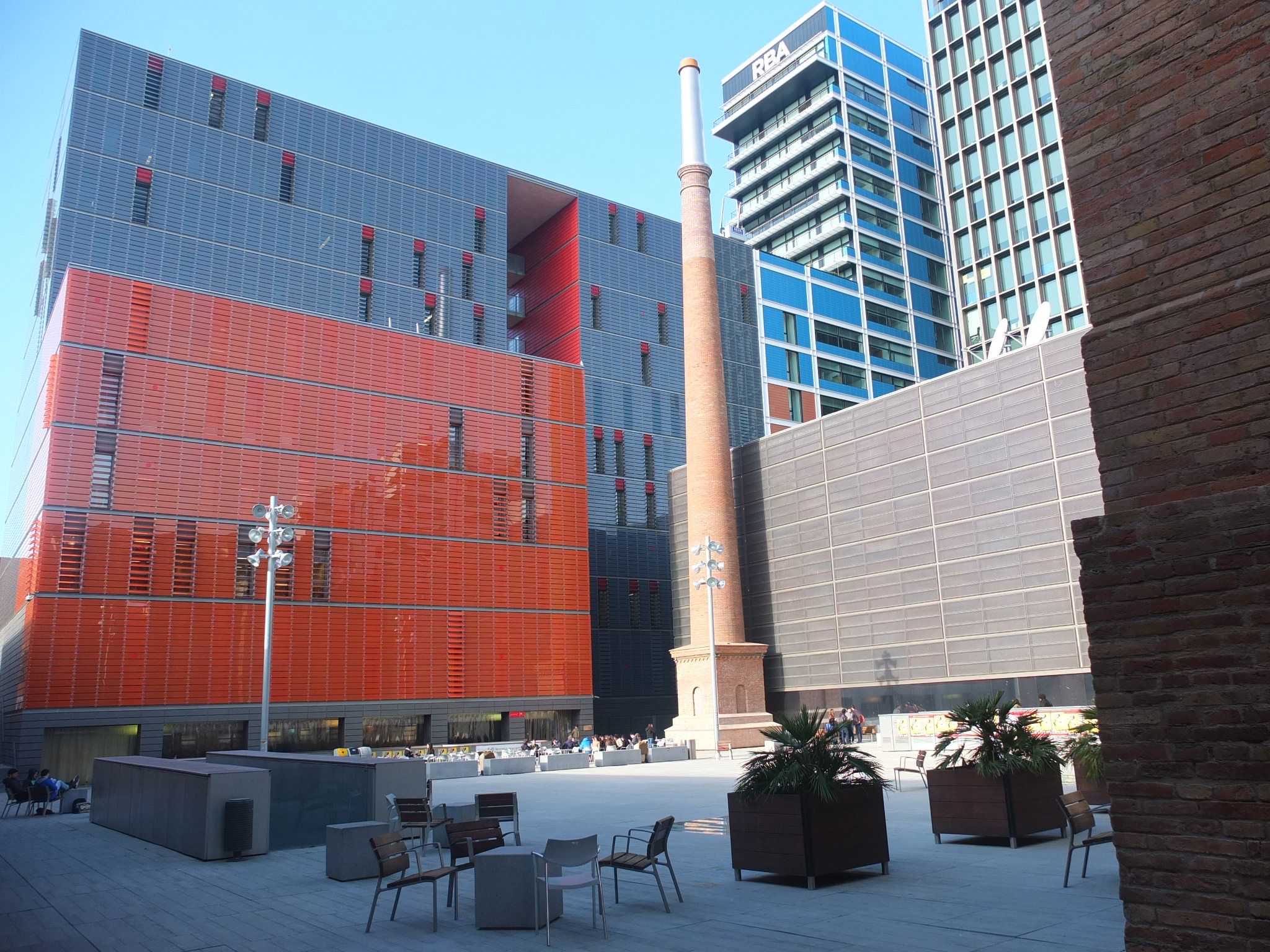Fabra i Coats and Ca l’Aranyó are two of the five factories that left behind their industrial past and became cultural spaces for various artistic manifestations.
In fact, Catalonia was one of the regions that experienced intense industrialization, especially in the mid-19th century. This historic period completely changed the face of the cities, most of whose buildings were chimneys and huge constructions that still remain standing.
Towards the end of the 20th century, these buildings were abandoned due to the textile crisis and later to the economic crisis. Received as a legacy from the past, an intense effort is currently underway to reconvert them into cultural centers without affecting their architectural features.
Today, workshops for the knitting industry, art and music centers, museums and university campuses can be seen operating there.
Fabra i Coats
Located in the San Andrés district, Fabra i Coats is one of the most representative factories of Catalan industrialization. After the crisis in the textile sector, it closed its doors in 2005. Then the Barcelona City Council bought the building to preserve the architectural and cultural heritage.
It is currently a wonderful place for creation, exhibitions and artistic experimentation. Examples of this are the Fábrica de Creación and the Centro del Arte, stages that have even been used by musical personalities such as Rosalía in 2018, just before releasing her album “El mal querer”.
Ca l’Aranyó
The case of Ca l’Aranyó is an example of transformation. It went from being a cotton manufacturing factory in the Poblenou neighborhood to a university campus in 2004, where the Faculty of Communication of the Pompeu Fabra University is located.
This building is distinguished by its facade of brick walls with glazed windows, very typical of modernist industrial architecture.
Ca l’Aranyó was owned by the Catalan businessman Claudi Aranyó and remained in operation until the eighties and then went into decline. It is also known for its eight-meter-high chimney.
Other places to visit
In addition to Fabra i Coats and Ca l’Aranyó, there are other nearby factories that are also part of this converted cultural heritage. One of them is Can Marfà, a construction consisting of two two-story warehouses and a ground floor connected by bridges and a chimney.
The entire architectural complex of Can Marfà de Mataró was dedicated to the knitting industry. In 1996 the building became a space for temporary exhibitions of the Museum of Mataró or to carry out artistic activities related to weaving and various workshops on the historical past of this industry, design and fashion.

